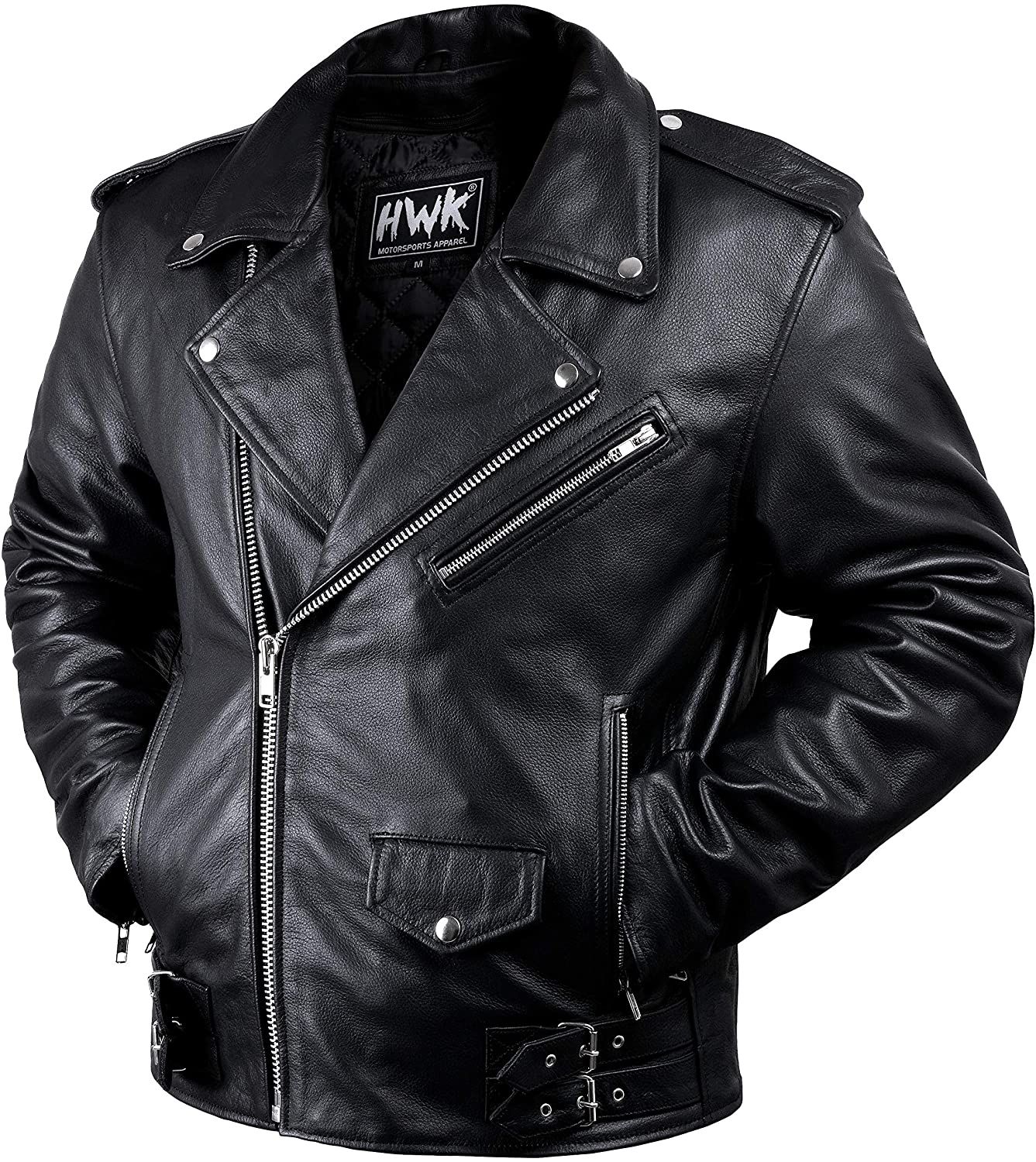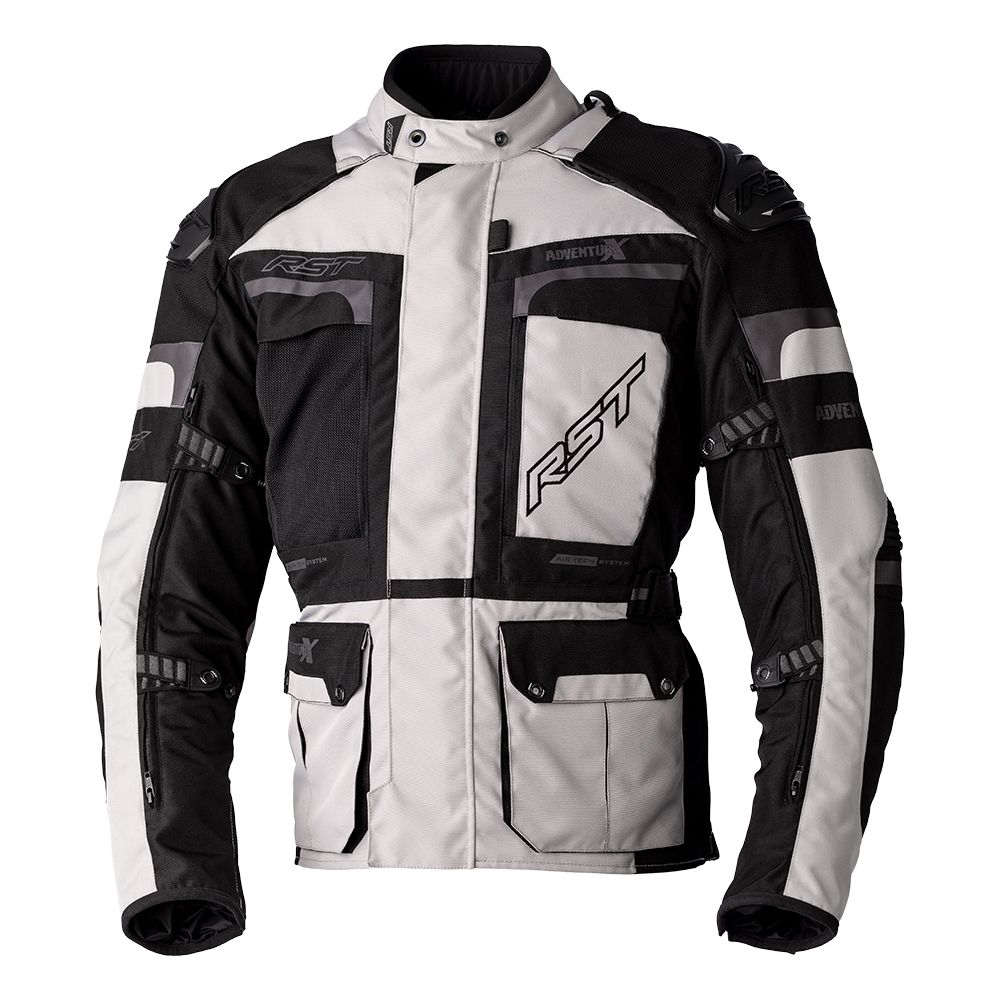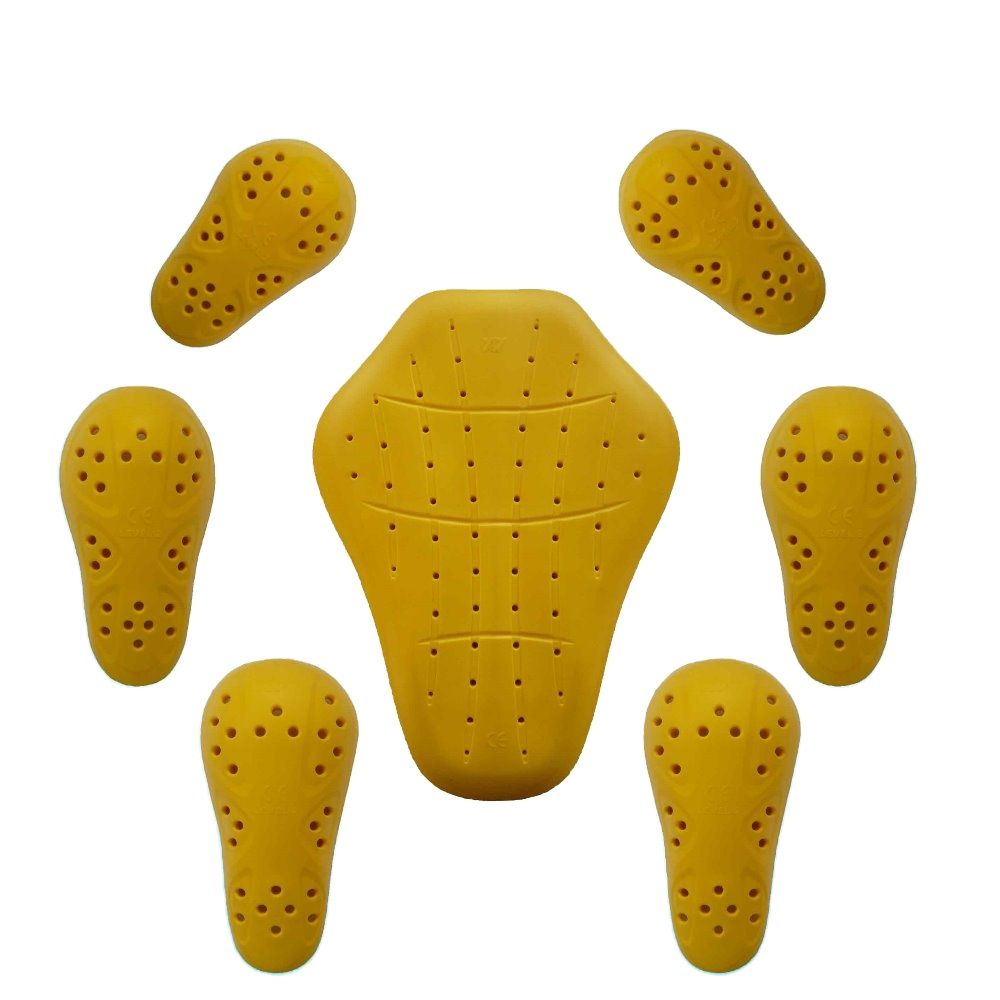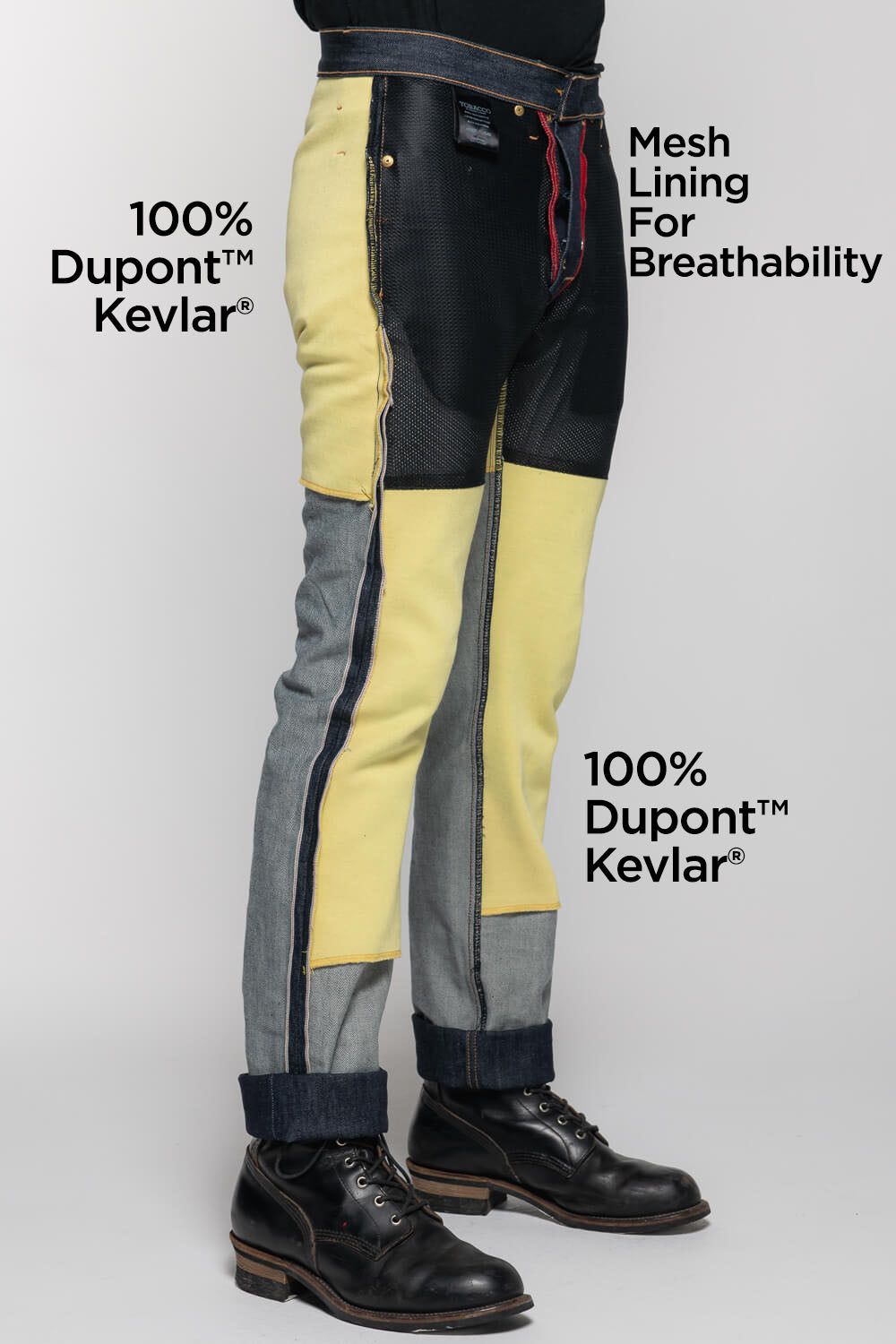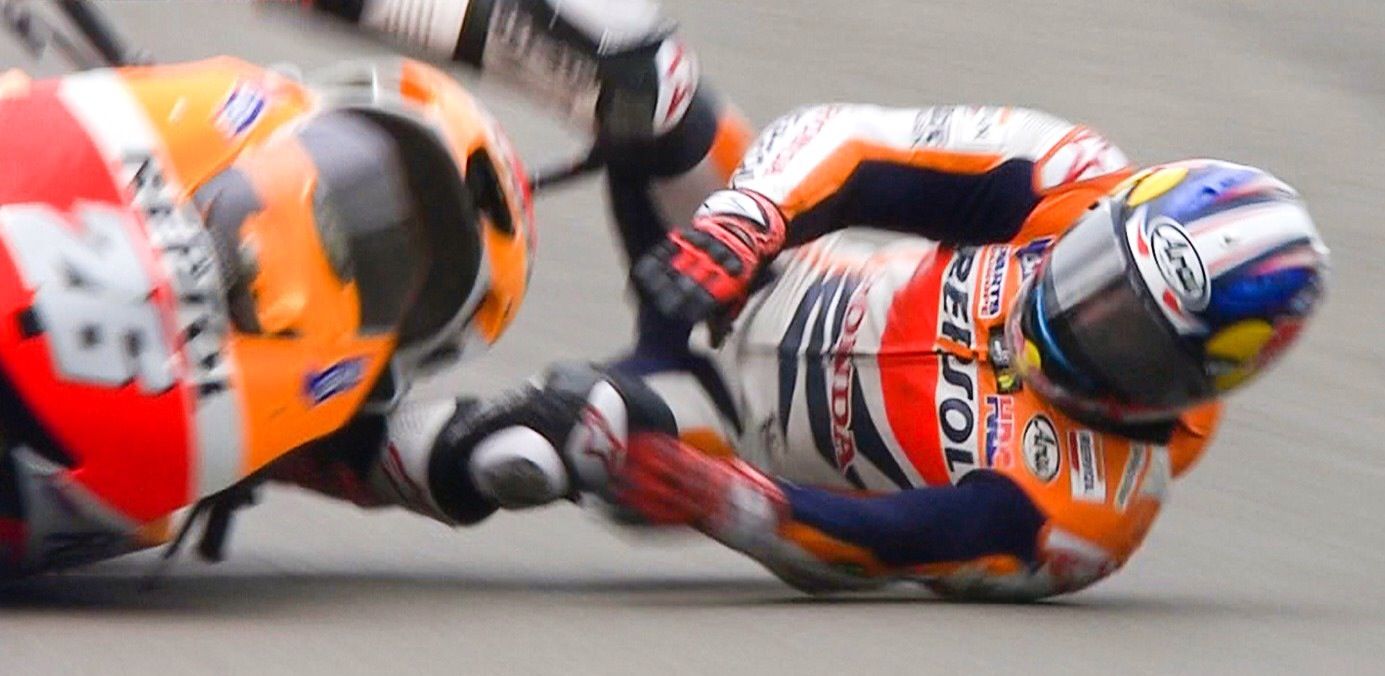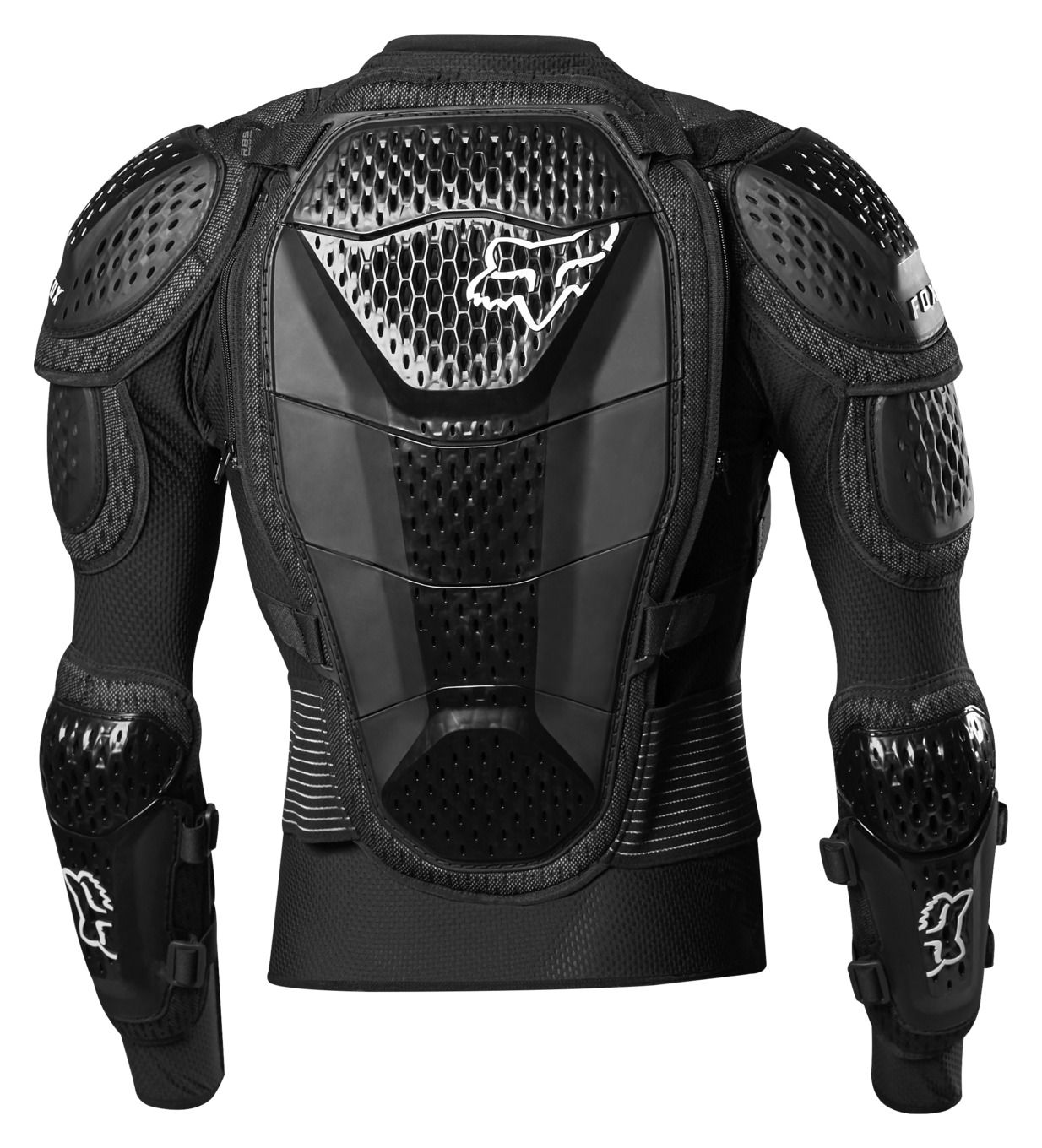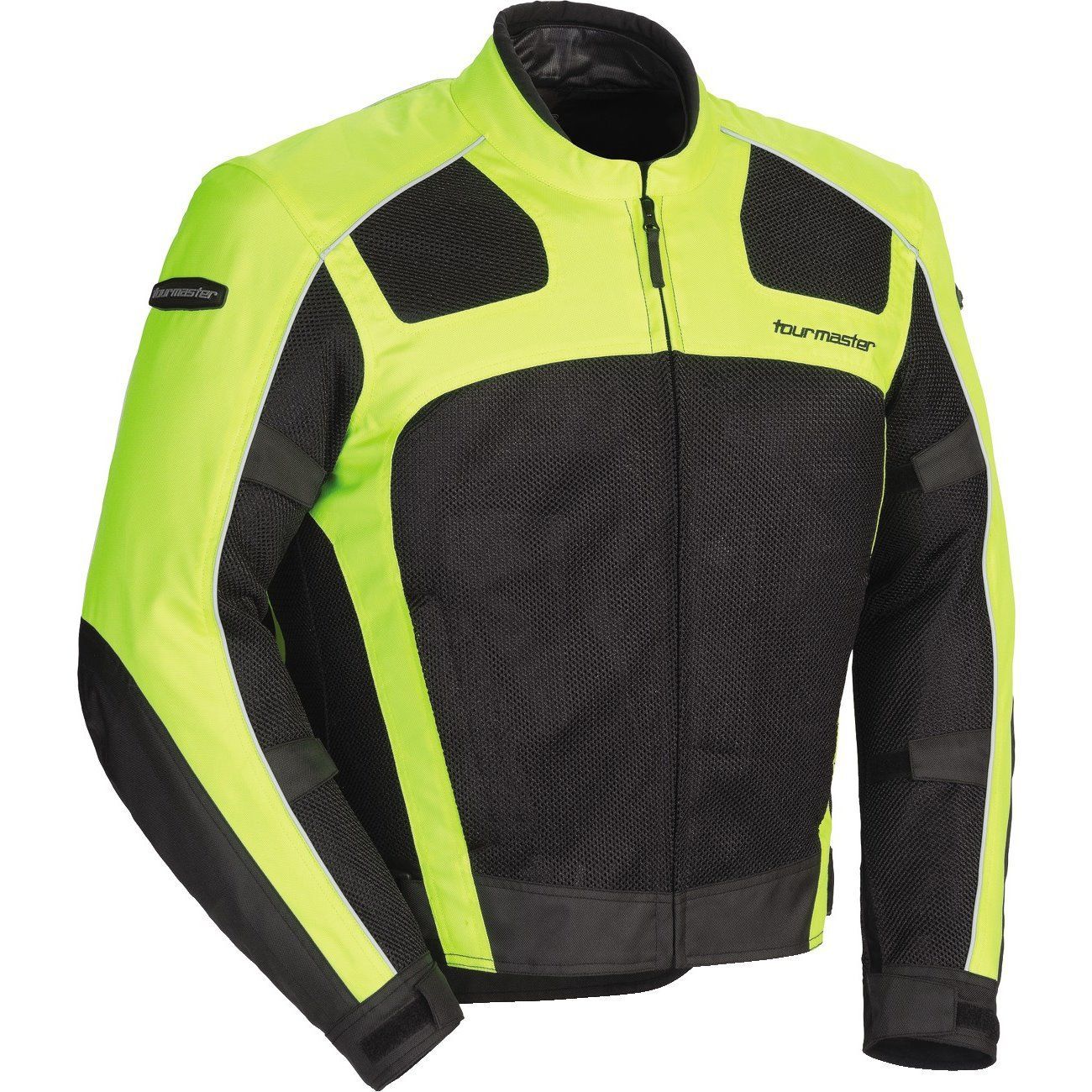Where you live and ride can have a huge impact on what you wear when riding. But there is one golden rule: wear the best protective gear you can afford.
What Should I Wear When Riding?
The sun is shining, your bike is waiting in the garage: you're heading out for a ride. For pleasure, for business or simply to get to work, a motorcycle is the best mode of transport for many reasons.
But on a motorcycle, you are extremely exposed, not only to the weather, but also to road surface conditions and blind car and truck drivers who see you as something soft to crash into. That is where protective riding gear comes in handy: protecting not only against the elements but also against accident injury.
If the weather is wet or cold, then it's no problem putting on all your riding apparel. When it's hot, it's not that simple. It is very tempting to wear the bare minimum in hot weather but the reality is, you just have to put up with being hot and a bit sweaty. it's better than lying in a hospital bed with no skin on your arms, legs and back.
Not all of us have got the money to afford several riding jackets and pants to cover all weather permutations and what works well in one climate can be hell in another, opposite, climate. So, we try and make do with a one-garment-fits-all approach. If you can afford a ventilated summer and an insulated winter jacket, then your riding pleasure is guaranteed all year round.
But whatever bike you ride, where you ride it or what weather conditions you are riding in, there is one golden rule: All The Gear, All The Time, or ATGATT.
We've all winced when seeing someone on a superbike, wearing a t-shirt, sandals and shorts. The consequences of coming off at any speed are just too awful to think about. And yet, people do it all the time.
At the very least, you should be wearing jeans, a leather jacket and shoes that give the ankle some abrasion resistance. Gloves are a must: think about it - if you fall over, what is the first thing you do? Put out your hands. Now, imagine doing that while travelling at 30mph. Not much hand left! Wear a pair of gloves.
While everyone might like the idea of riding without a helmet, in reality it is really uncomfortable, not to mention really dangerous. In the U.S., the law varies from state to state, although only three states - Iowa, Illinois and New Hampshire - have no mandatory helmet-wearing laws whatsoever. This article tells you what the helmet laws are state-by-state.
Riding gear comes in all shapes, sizes, styles and prices. The only rule here is, wear the best you can afford. Most garments now come with CE-rated armour inserted into knee, elbow, shoulder and back spaces in the garments so, even if the jacket is a summer jacket with mesh panels on front and back, the abrasion and impact resistance is there on the sharp bits of your body.
Nowadays, it is possible to buy protection for your body that could only be dreamt of a couple of decades ago: neck braces, carbon-fibre knee braces, boots that are stiff enough to protect the ankle from rotation injuries, breathable textiles, multi-layer jackets and pants with zip-out thermal and waterproof layers, electrically heated vests, gloves and socks and so on.
Perhaps the most significant development has come with the invention of kevlar-lined riding jeans that look like an ordinary pair of jeans on the outside and therefore suitable to be worn to work or to a bar or restaurant, but with amazing abrasion resistance from the soft kevlar fabric on the inside.
It's not falling off a bike that hurts: it's the long slide and the sudden stop. The right gear will prevent the slide from flaying your skin off: impact resisting inserts can help prevent the sudden stop from being fatal.
Take a tip from the professionals: no rider is allowed into a competitive scenario, whether on track or off-road/MX, without full protection. Leather is the default and essential material for race suits because of its abrasion resistance, but riders will wear back and chest protectors and elbow, shoulder, knee and hip protectors are built into the suits.
A recent development is the rider airbag system. It first appeared in race suits but has trickled down to street riding gear, thanks to the likes of Alpinestars and Dainese. At first, it was built into jackets but now can be worn as a separate vest, meaning it doesn't matter what jacket you have in the closet, you can still have airbag protection. An accelerometer detects when the rider is moving differently to the normal sitting on a bike posture and inflates back and neck-protecting airbags before you hit the ground. It's mandatory on MotoGP race suits.
So, wear as much of the right gear as you can afford. If you love riding so much, why would you not take all the precautions you can to ensure you continue to enjoy riding?


